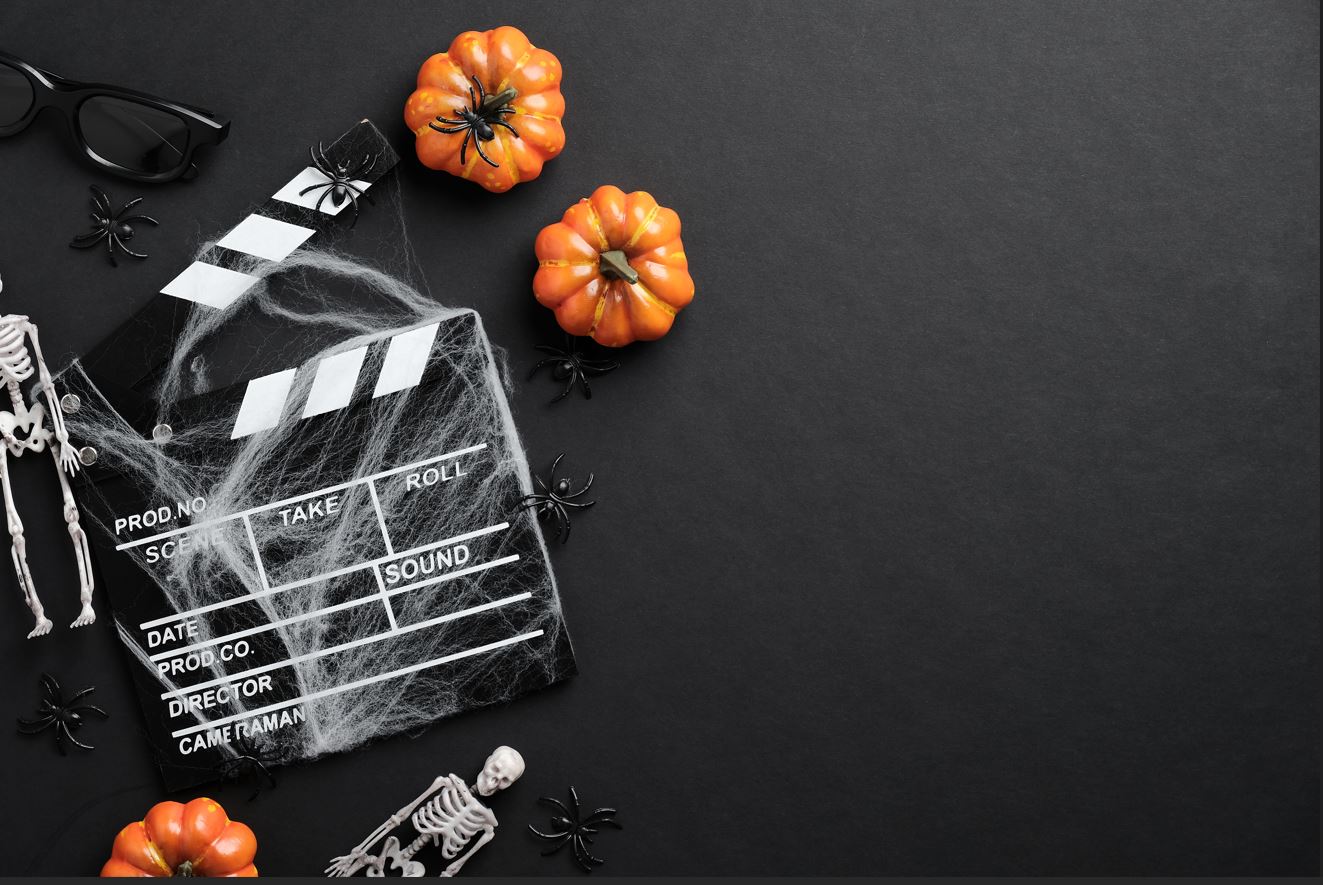As we get ready to ‘trick or treat’ this Halloween, Thom Burgess discusses the evolution of the horror genre and why audiences seek a thrill for being kept on the edge.
Horror has long been a staple for mass entertainment. Ever since those ancient humans first sat around fires theorising all the terrible things that could be lurking in the darkness around them. We’ve always found common grounds in the macabre and a love of sharing unsettling stories to thrill and excite.
It’s thought that love might stem from “ordeal simulation hypothesis.” The idea that those who theorise something terrible happening, are arguably better prepared should that danger suddenly strike. Maybe that’s why studies show how for many horror fans, their love of the genre made the height of the pandemic somewhat more bearable compared to those who dislike the genre. All those years of watching disaster scenarios play out in film having somehow rewired our brains to better cope for a real-life worst case scenario.
In fact, data shows there was a surge of interest in people watching horror during lockdown. People opting to distract themselves with safe contained horrors, away from the sheer horror of lockdown life.
That and the plain and simple fact is – it’s fun. Like a rollercoaster or ghost train, when it works best, horror delivers that same thrill. A direct, emotional response to your brain’s amygdala. A short burst of adrenaline and cortisol. A direct reaction of the horror you’re witnessing on your TV or cinema screen – all the while, knowing you’re safe and protected from the danger.
In the 1970’s, Dolf Zillmann’s published his theory on ‘Excitation Transfer’ to help explain why we enjoy horror films. The theory proposed how our enjoyment is born from witnessing a negative, affected followed by a positive outcome on film when that primary threat is resolved. That rush of dopamine when the danger has passed flooding your system and reaffirming that ‘everything is ok.’
For me it’s the ‘frisson,’ that literal chill up the spine when you hear or read a great ghost story. Or witness something on film/TV or online which absolutely chills you to the bone. The inverse of a belly laugh when you hear a great joke. As a horror writer, I’m always chasing it – the ‘buzz’ that hooks people in. Once you have that, you know your audience will come back for more.
Cinema has always offered a unique environment to enjoy those thrills. A safe space to observe the fantastical and terrifying. From the very first horror film “Le Manoir du Diable,” ( “ The House of the Devil,” ) back in 1896 when Georges Méliès incorporated various props and cutting edge techniques in an attempt to convince audiences what they were witnessing, bordered on the supernatural.
To the 1950’s, when director William Castle famously integrated props into his film screenings. The including flying fake skeletons and bats on wires in order break the fourth wall and push that envelope even further.
Today Horror is a broad genre. From Body Horror, Sci-fi, Supernatural, Folk… the list goes on and continually expands. It’s also a genre which consistently pulls audiences back in droves. Even today, amidst the mass walkouts of the gore-laden Terrifier 3, to the tension ramping, supernatural horror of Paramount’s Smile series. Or even the unsettling analogue murk and grain of indie hit Skinamarink. It’s a genre which constantly defies critics and expectations – persistently reinventing itself. Along the way often reflecting cultural trends and touchpoints. Something unlike many other genres.
At the same time, horror writers and filmmakers are constantly finding innovative new ways to push our buttons and keep us on edge. Ensuring that when a horror film delivers, you’re left feeling breathless – truly haunted. That image on the screen, suddenly transposed into your brain. Following you home and just waiting for you to close your eyes.
Journalists will often praise horror for ‘being back in fashion’ or celebrating with ‘bouji’ terminology such as ‘post-horror.’ But the fact of the matter is, horror never went away, it NEVER goes away
– and just like the thing in the darkness, it always comes back stronger when you least expect it.
T.W. Burgess is a Sessional Lecturer in Motion Graphics and Games in the School of Creative Arts and Industries.
 Expert comment
Expert comment Emma Grafton-Williams
Emma Grafton-Williams 2031
2031


